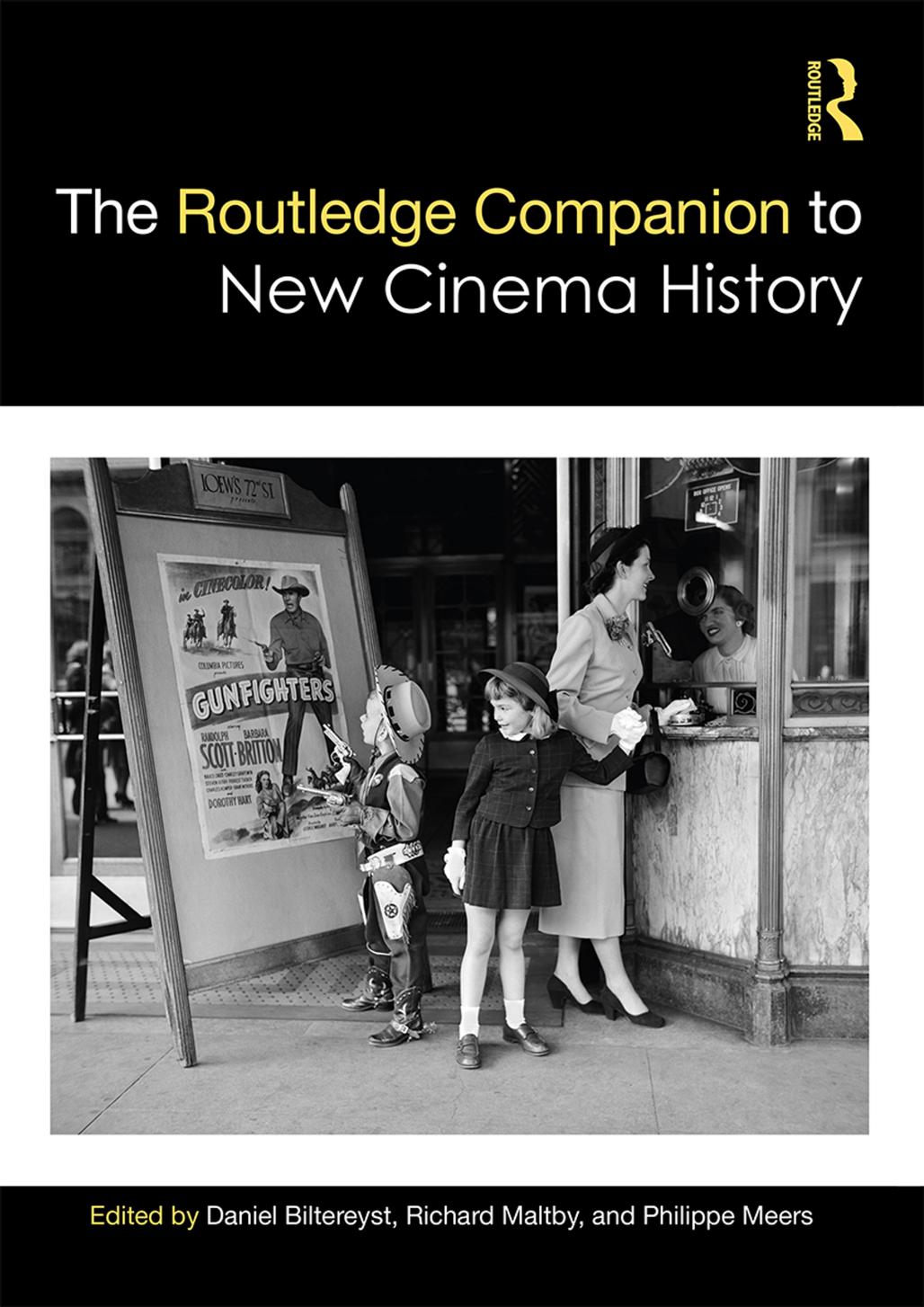

Most ebook files are in PDF format, so you can easily read them using various software such as Foxit Reader or directly on the Google Chrome browser.
Some ebook files are released by publishers in other formats such as .awz, .mobi, .epub, .fb2, etc. You may need to install specific software to read these formats on mobile/PC, such as Calibre.
Please read the tutorial at this link: https://ebookbell.com/faq
We offer FREE conversion to the popular formats you request; however, this may take some time. Therefore, right after payment, please email us, and we will try to provide the service as quickly as possible.
For some exceptional file formats or broken links (if any), please refrain from opening any disputes. Instead, email us first, and we will try to assist within a maximum of 6 hours.
EbookBell Team

5.0
98 reviewsExploring its history from the perspective of the cinemagoer, the study of new cinema history examines the circulation & consumption of cinema, the political & legal structures that underpinned its activities, the place that it occupied in the lives of its audiences, & the traces that it left in their memories. Using a broad range of methods from the statistical analyses of box office economics to ethnography, oral history, & memory studies, this approach has brought about an undisputable change in how we study cinema, & the questions we ask about its history.
This companion examines the place, space, & practices of film exhibition & programming; the questions of gender & ethnicity within the cinematic experience; & the ways in which audiences gave meaning to cinemagoing practices, specific films, stars, & venues, & its operation as a site of social & cultural exchange from Detroit & Laredo to Bandung & Chennai.
Contributors demonstrate how the digitization of source materials & the use of digital research tools have enabled them to map previously unexplored aspects of cinema’s business & social history & undertake comparative analysis of the diversity of the social experience of cinema across regional, national, & continental boundaries.